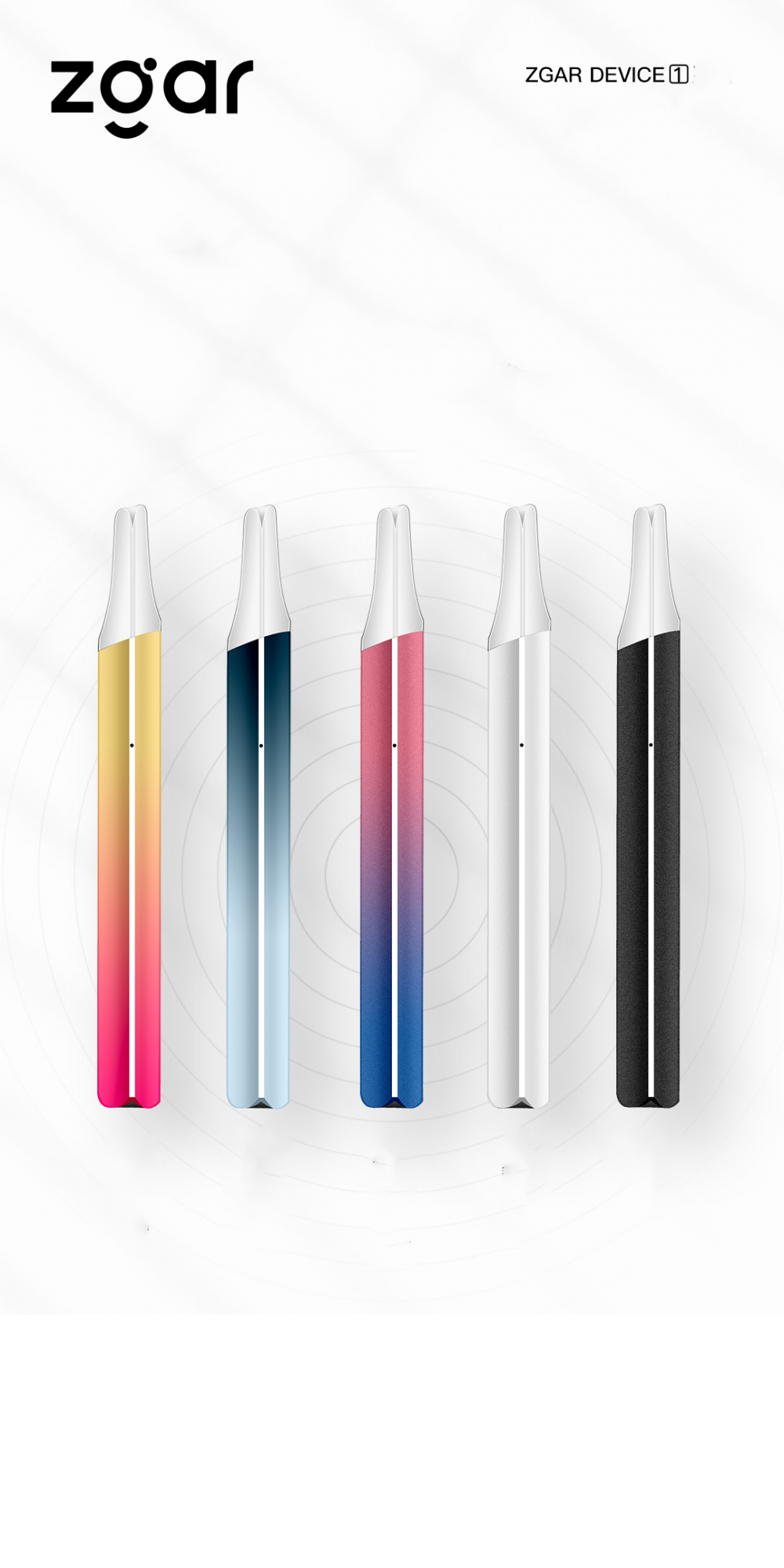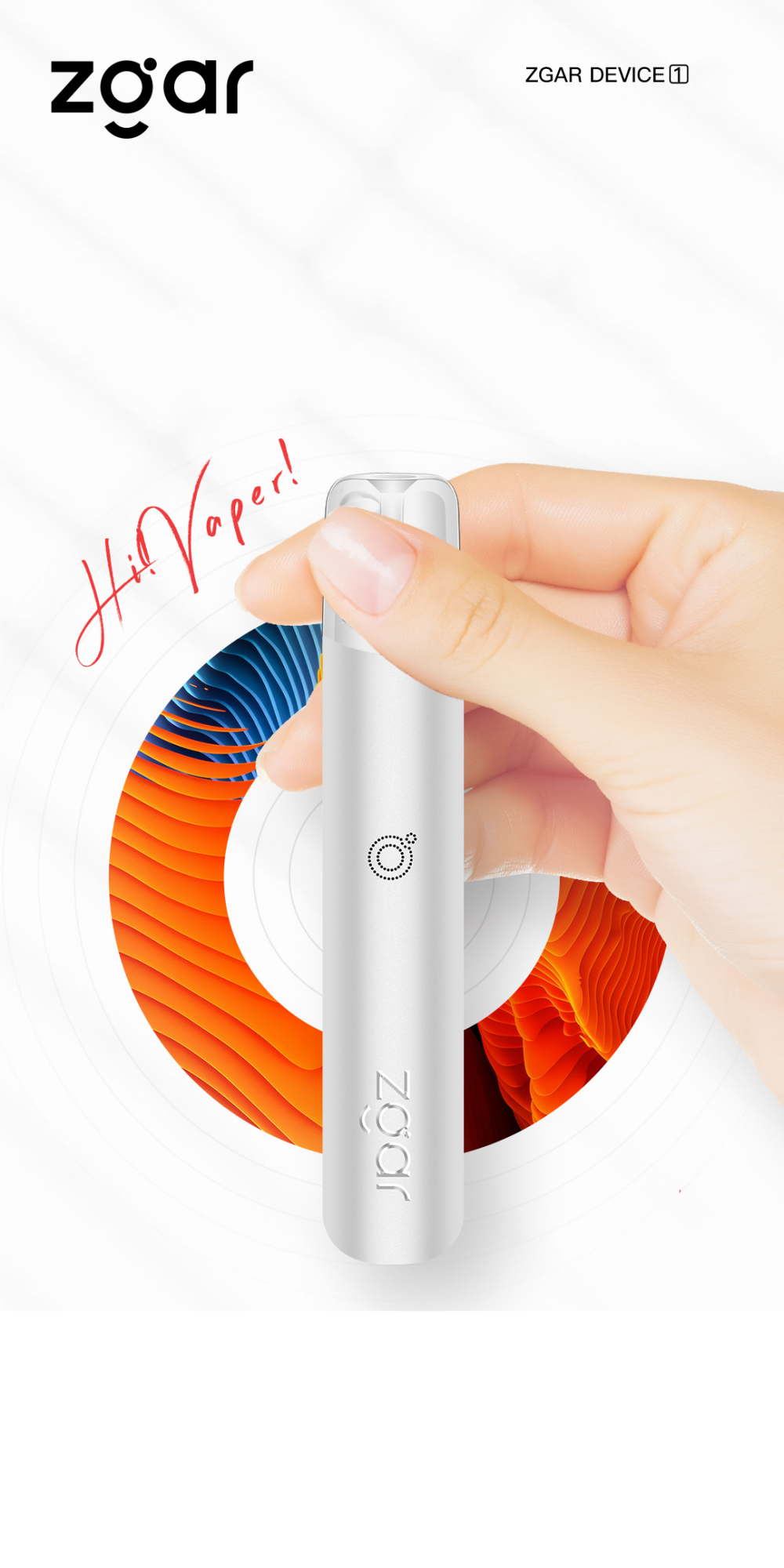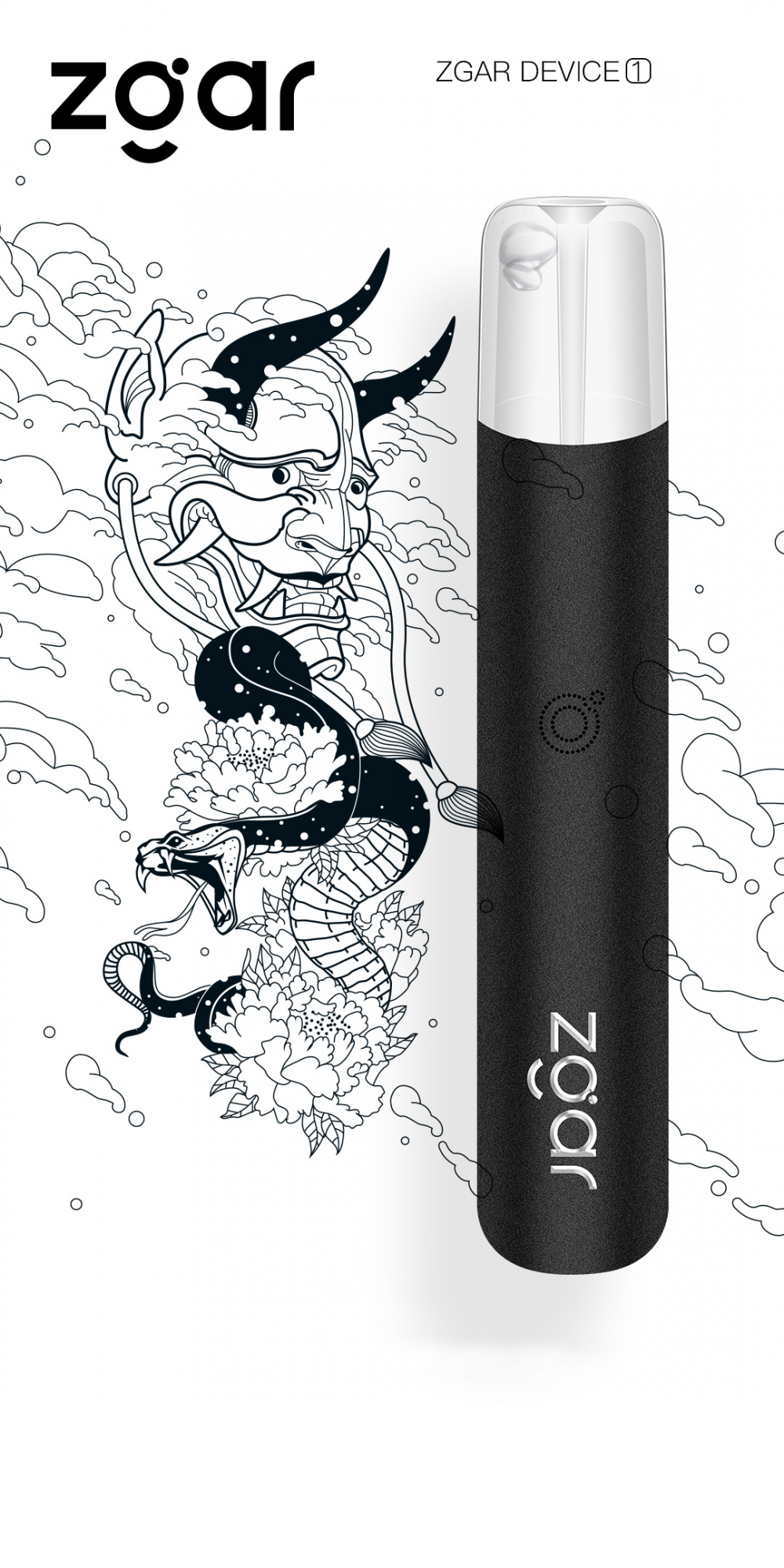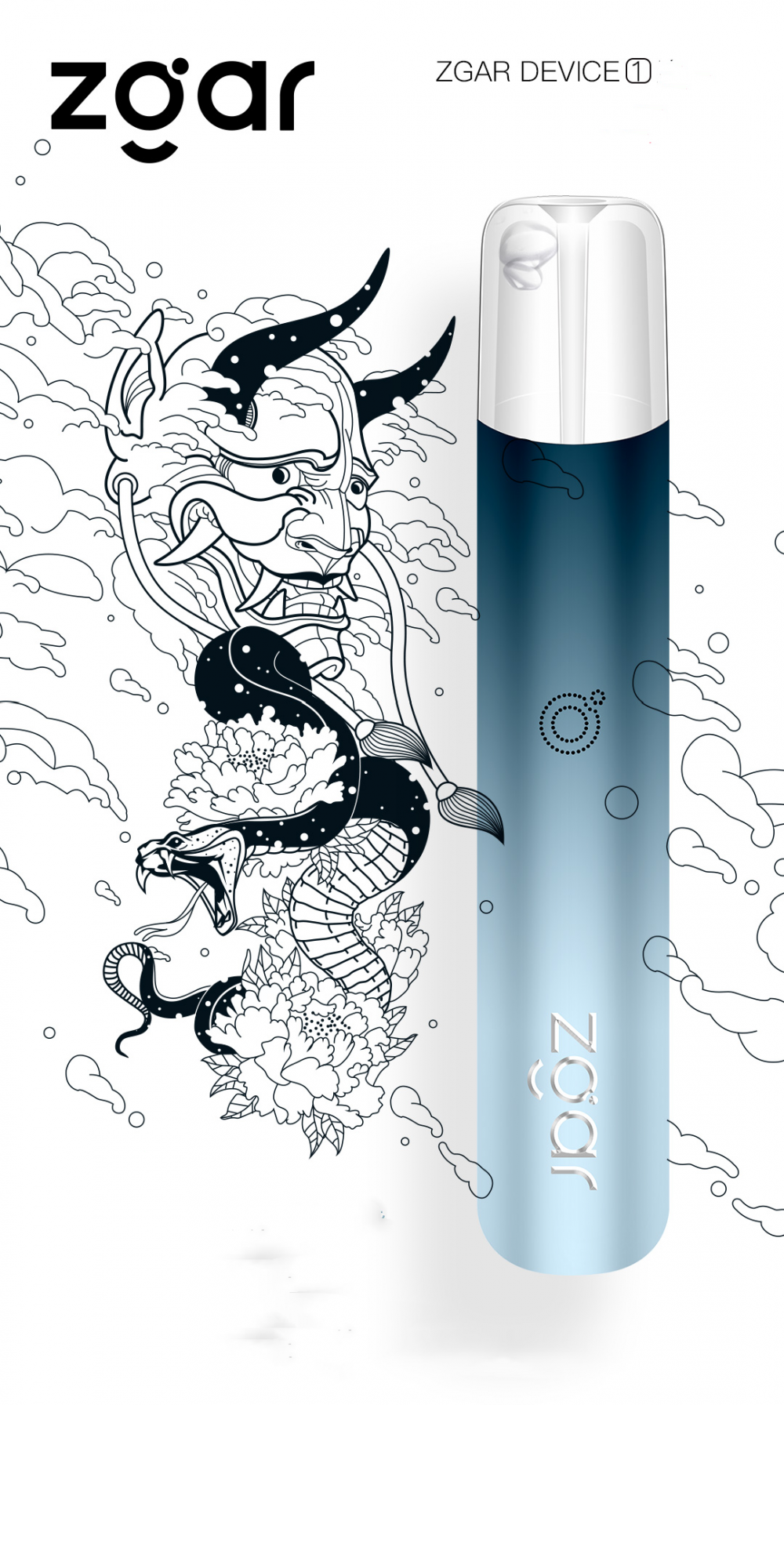Turbo c 2.0 instructions, how to use
Before I start reading this article, I will explain the most important things to note when installing and using C language:
After downloading Turbo C 2.0 and Turbo C ++ 3.0, many netizens asked me the most about the following problems during use:
1) The include files such as stdio.h conio.h cannot be found;
2) Errors such as cos.obj cannot be connected. These problems are caused by not setting the path. There are probably two versions of TC2 and TC3 currently downloaded according to the installation classification. The second path is to create a shortcut to TC.EXE directly after decompression. Double-click under WINDOWS to run it (run TC.EXE directly under DOS), which is currently the most in China, (because I uploaded myself on the 269 network in the previous section The TC2 English version of Homeland is recommended to more than ten software stations), so please note the path settings before downloading and using:
The setting method is: OPTION-> DIRECTORIES:
INCLUDE: [directory where TC2 / 3 is located] / include
LIB: [directory where TC2 / 3 is located] / lib
Please set a working directory by yourself to avoid mixing.
Finally, I want to remind you: Change dir in FILES (change the current directory) should be set to the directory where the current program is located.
1. The origin of the C language
The C language was designed and invented by Dennis Ritchie of the United States in 1972, and was first used in the UNIX operating system.
Used on the DEC PDP-11 computer. It consists of the early programming language BCPL (Basic Combind
Programming Language) evolved. In 1970, Ken of AT & T Bell Laboratories
Thompson designed a more advanced language named B based on the BCPL language, and finally introduced the C language.
With the increasing popularity of microcomputers, many C language versions have appeared. Since there is no unified standard,
There are some inconsistencies between these C languages. To change this situation, the American National Standard
The Institute (ANSI) has developed a set of ANSI standards for the C language, becoming the current C language standard.
Second, the characteristics of C language
The C language has developed so rapidly, and it has become one of the most popular languages, mainly because of its powerful
Features. Many well-known system software, such as DBASE â…¢ PLUS, DBASE â…£ are written by C language.
Adding some assembly language subroutines in C language can better show the advantages of C language, like PC-DOS,
WORDSTAR is written in this way. In summary, the C language has the following characteristics:
1. C is an intermediate language
It combines the basic structure and sentences of high-level languages ​​with the practicality of low-level languages. C language can be like
Assembly language operates on bits, bytes, and addresses, and these three are the most basic unit of work for computers.
2. C is a structured language
The distinguishing feature of structured languages ​​is the separation of code and data.
Information exchange is independent of each other. This structured approach can make the program level clear, easy to use, maintain and adjust
test. The C language is provided to users in the form of functions. These functions can be easily called and have a variety of procedures.
Loops and conditional statements control the flow of the program, thereby making the program completely structured.
3. C language function is complete
The C language has a variety of data types and introduces the concept of pointers, which can make the program more efficient. another
The foreign C language also has powerful graphics functions, supporting multiple displays and drivers. And the calculation function, logic
The judgment function is also relatively powerful, which can achieve the purpose of decision-making.
4. The scope of C language is large
Another outstanding advantage of the C language is that it is suitable for multiple operating systems, such as DOS and UNIX, and is also suitable for
Multiple models.
Three, Turbo C overview
1 The emergence and development of Turbo C
Turbo C is a product of American Borland company. Borland company is a company specializing in software development,
A large company developed. The company has successively launched a set of Turbo series software, such as Turbo BASIC, Turbo
Pascal, Turbo Prolog, these software are very popular with users. The company first introduced Turbo in 1987
C 1.0 products, which use a completely new integrated development environment, that is, use a series of drop-down menus,
The integration of text editing, program compilation, connection, and program operation greatly facilitates program development. 1988
In 2001, Borland Company launched Turbo C1.5 version again, adding graphics library and text window function library, etc.
Turbo C 2.0 was published by the company in 1989. Turbo C2.0 is based on the original integrated development environment
Added error checking function, and can directly generate .COM in TIny mode (data, code, stack are in the same
64K memory) file. It can also simulate math coprocessor (support 8087/80287/80387, etc.).
Borland company later launched the object-oriented program package Turbo C +? + ?,?? It inherits and develops
The integrated development environment of Turbo C 2.0 contains the basic idea and design method of object-oriented.
In 1991, in order to apply the Windows 3.0 version of Microsoft Corporation, Borland Corporation
C ++ has been updated, that is, a new generation of Turbo C Borlandc C ++ has also been released.
2 Turbo C 2.0 basic configuration requirements
Turbo C 2.0 can run on IBM-PC series microcomputers, including XT, AT and IBM compatible computers. Request at this time
Supported by DOS 2.0 or higher, and requires at least 448K of RAM, which can be used on any color and monochrome 80-column monitor
run. It supports math coprocessor chip and floating point simulation, which will speed up the execution of the program.
3 Introduction to Turbo C 2.0
Turbo C 2.0 has six low-density floppy disks (or two high-density floppy disks). The following is the main text of Turbo C 2.0
A brief introduction:
INSTALL.EXE installer file
TC.EXE integrated compilation
TCINST.EXE Integrated development environment configuration setting program
TCHELP.TCH help file
THELP.COM reads the resident program of TCHELP.TCH
README Information file about Turbo C
TCCONFIG.EXE configuration file conversion program
MAKE.EXE project management tool
TCC.EXE command line compilation
TLINK.EXE Turbo C series connector
TLIB.EXE Turbo C series library management tool
C0? .OBJ different mode startup code
C? .LIB runtime library in different modes
GRAPHICS.LIB graphics library
EMU.LIB 8087 simulation library
FP87.LIB 8087 library
* .H Turbo C header file
* .BGI graphics driver for different monitors
* .C Turbo C routine (source file)
Among them: The above? Are:
T TIny (micro mode)
S Small (small mode)
C Compact (compact mode)
M Medium (medium mode)
L Large
H Huge (Huge Mode)
Fourth, the installation and startup of Turbo C 2.0
The installation of Turbo C 2.0 is very simple, just insert the 1 # drive into the A drive and press the "A>" under DOS
Into:
A> INSTALL
That ’s it, there are three options displayed on the screen:
1. Create a new directory on the hard disk to install the entire Turbo C 2.0 system.
2. Update version of Turbo C 1.5.
This installation will retain the original settings for selections, colors, and editing function keys.
3. Install Turbo C 2.0 for a system with only two floppy disks and no hard disk.
It is assumed here to install according to the first option, as long as the prompt for the disk number is inserted during the installation process, insert in order
Insert each floppy disk, you can successfully install, after the installation will create a TC subdirectory in the root directory of the C drive
Record, TC also established two directories LIB and INCLUDE, LIB subdirectory to store library files,? INCLUDE
All header files are stored in subdirectories.
When running Turbo C 2.0, just type TC in the TC subdirectory and press Enter to enter Turbo C 2.0
Integrated Development Environment.
Five Turbo C 2.0 configuration files
The so-called configuration file is a file containing information about Turbo C 2.0, in which there are options for compilation and connection
Information such as selection and path.
The configuration of Turbo C 2.0 can be established in the following ways:
1. Create a user-named configuration file
You can select the Options / Save options command from the OpTIons menu to integrate the current integrated development environment
All of the configuration is stored in a configuration file named by the user. Next time you start TC, just type in DOS:
tc / c <configuration file name named by the user>
The content in this configuration file will be used as the choice for Turbo C 2.0.
2. If Options / Environment / Config auto save is set to on, exit the integrated development environment
In the environment, the current settings will be automatically stored in the Turbo C 2.0 configuration file TCCONFIG.TC. Turbo C in
This configuration file will be automatically searched during startup.
3. Set up the relevant configuration of Turbo C with Tcinst and save the result in TC.EXE. Turbo C is on
When it is active, if no configuration file is found, the default value in TC.EXE is used.
Six Turbo C 2.0 configuration files
The so-called configuration file is a file containing information about Turbo C 2.0, in which there are options for compilation and connection
Information such as selection and path.
The configuration of Turbo C 2.0 can be established in the following ways:
1. Create a user-named configuration file
You can select the Options / Save options command from the Options menu to integrate the current integrated development environment
All of the configuration is stored in a configuration file named by the user. Next time you start TC, just type in DOS:
tc / c <configuration file name named by the user>
The content in this configuration file will be used as the choice for Turbo C 2.0.
2. If Options / Environment / Config auto save is set to on, exit the integrated development environment
In the environment, the current settings will be automatically stored in the Turbo C 2.0 configuration file TCCONFIG.TC. Turbo C in
This configuration file will be automatically searched during startup.
3. Set up the relevant configuration of Turbo C with Tcinst and save the result in TC.EXE. Turbo C is on
When it is active, if no configuration file is found, the default value in TC.EXE is used.
Five, the use of Turbo C 2.0 integrated development environment
After entering the Turbo C 2.0 integrated development environment, the screen displays:
────────────────────────────────
File Edit Run Compile Project Options Debug Break / watch
┌──────────── Edit──────────────────â”
│ Line 1 Col 1 Insert Indent Tab File Unindent c: NONAME.C│
│ │
│ │
│ │
│ │
│ │
│ │
│ │
│─────────Message───────────────── │
│ │
│ │
└────────────────────────────────┘
F1-Help F5-Zoom F6-Switch F7-Trace F8-Step F9-Make F10-Menu
─────────────────────────────────
The top line is the Turbo C 2.0 main menu, the middle window is the editing area, and then the information window
The bottom line is the reference line. These four windows constitute the main screen of Turbo C 2.0.
Compilation, debugging, and running will be performed on this main screen. The contents of the main menu are described in detail below.
1 Main menu
The main menu is on the top line of the Turbo C 2.0 main screen and displays the following:
File Edit Run Compile Project Options Debug Break / watch
Except for Edit, all other items have submenus, as long as you use Alt to add the first letter of a certain item (that is, uppercase
Mother), you can enter the submenu of this item.
(1), File menu
Press Alt + F to enter the File menu, which includes the following:
.Load
Load a file, you can use DOS-like wildcards (such as * .C) to select the list. Can also be loaded into other
For files with extensions, just give the file name (or only the path). The hotkey of this item is F3, that is, as long as the main
You can enter this item by pressing F3 in the menu, without first entering the File menu and selecting this item.
.Pick (select)
List the 8 files recently loaded into the editing window into a table for the user to choose, and load the program after selection
Edit the area, and place the cursor where it was last modified. Its thermal fitness is Alt-F3.
.New (new file)
The description file is new, the default file name is NONAME.C, and the name can be changed when saving.
.Save
Save the file in the editing area. If the file name is NONAME.C, you will be asked whether to change the file name.
The hotkey is F2.
.Write to (Save)
The file name can be saved by the user to save the file in the editing area, if the file already exists, then ask if you want
cover.
.Directory
The directory and the files in the directory are displayed and can be selected by the user.
.Change dir (change directory)
The current directory is displayed, and the user can change the displayed directory.
.Os shell (temporarily exit)
Temporarily exit Turbo C 2.0 to the DOS prompt, at this time you can run the DOS command, if you want to return
In Turbo C 2.0, just type EXIT in DOS state.
.Quit (quit)
Exit Turbo C 2.0, return to the DOS operating system, and the hot key is Alt + X.
Explanation:
The above items can be selected by moving the color bar with the cursor keys, and executed by pressing Enter. The first one of each item is also available
Capital letters are directly selected. To return to the main menu or to return from its next menu list box, use the Esc key
All menus of Turbo C 2.0 are operated in this way, and will not be described below.
(2), Edit (edit) menu
Press Alt + E to enter the edit menu. If you press Enter again, the cursor will appear in the edit window.
Perform text editing.
The editing method is basically the same as wordstar, you can use the F1 key to get help information about the editing method.
The function keys related to editing are as follows:
F1 Get help information for Turbo C 2.0 editing commands
F5 Expand the editing window to the entire screen
F6 Switch between the editing window and the information window
F10 Go to the main menu from the editing window
Introduction to editing commands:
PageUp Page forward
PageDn Page backward
Home Move the cursor to the beginning of the line
End Move the cursor to the end of the line
Ctrl + Y Delete the line where the cursor is
Ctrl + T delete a word under the cursor
Ctrl + KB set block start
Ctrl + KK Set block end
Ctrl + KV block move
Ctrl + KC block copy
Ctrl + KY block deletion
Ctrl + KR read file
Ctrl + KW save file
Ctrl + KP block file printing
Ctrl + F1 If the cursor is a Turbo C 2.0 library function, you can get help about the function
information
Ctrl + Q [Find the after match of Turbo C 2.0 double delimiter
Ctrl + Q] Find the previous match of Turbo C 2.0 double delimiter
Explanation:
a. Turbo C 2.0 double delimiter includes the following symbols:
Curly brackets {and}
Sharp brackets <and>
Parentheses (and)
Square brackets [and]
Comment characters / * and * /
Double quotes"
apostrophe'
b. Turbo C 2.0 also has a function when editing files, that is, it can automatically indent, that is, cursor positioning
Align with the last non-null character. In the editing window, Ctrl + OL is the control key for the automatic indent switch.
(3) Run menu
Press Alt + R to enter the Run menu, which has the following items:
.Run (Run the program)
Run the file name specified by Project / Project name or the file in the current editing area. If it's right
After the source code has not been modified after the compilation, it will directly run to the next breakpoint (if there is no breakpoint, it will run to the end).
Otherwise, compile and connect before running. The hotkey is Ctrl + F9.
.Program reset
Abort the current debugging and release the space allocated to the program. The hotkey is Ctrl + F2.
.Go to cursor (run to cursor)
Used when debugging a program, select this item to run the program to the line where the cursor is. Cursor line must be one
An executable statement, otherwise it will prompt an error. The hotkey is F4.
.Trace into
When executing a call to other user-defined sub-functions, if you use the Trace into item, the execution bar will
Trace to the inside of this sub-function to execute, its hotkey is F7.
.Step over
Execute the next statement of the current function, even if the user function is called, the execution of the long bar will not track into the function
Internally, the hotkey is F8.
.User screen
Displays the results displayed on the screen while the program is running. The hotkey is Alt + F5.
(4), Compile menu
Press Alt + C to enter the Compile menu, which has the following contents:
.Compile to OBJ (Compile to OBJ)
Compile a C source file to generate an .OBJ target file, and display the generated file name. The hotkey is
Alt + F9.
.Make EXE file (Generate Execution File)
This command generates an .EXE file and displays the generated .EXE file name. Where the .EXE file name is under
One of several items.
a. The project file name specified by Project / Project name.
b. If there is no project file name, the source file described by Primary C file.
c. If there is no file name in the above two items, it is the file name of the current window.
.Link EXE file (link generation executable file)
Link the current .OBJ file and the library file together to generate an .EXE file.
.Build all (Build all files)
Recompile all files in the project and assemble to generate .EXE files. The command does not check outdated
(Several commands above should be checked for obsolescence, that is, if the date and time of the source file in the current project and the target text
If the files are the same or earlier, the source file is refused to be compiled).
.Primary C file
When the main file is specified in this item, in a later compilation, if there is no project file name, this item is compiled
The main C file specified in, if there is an error in compilation, then this file is transferred to the editing window, regardless of the current window
Is not the main C file.
.Get info (Get the current path, source file name, source file byte size, the number of errors in compilation
Information such as the project, available space, etc.
(5) Project menu
Press Alt + P to enter the Project menu, which includes the following:
.Project name
The project name has the extension of .PRJ, including the name of the file to be compiled and linked. For example, there is a program
The sequence consists of file1.c, file2.c, file3.c, to compile and assemble these 3 files into one file.exe
To execute the file, you can first create a project file file.prj, whose contents are as follows:
file1.c
file2.c
file3.c
At this time, put file.prj into the Project name item, and it will be automatically added to the project file when it is compiled later.
The three specified source files are compiled separately. Then connect to file.exe.
If some of the files have been compiled into .OBJ files and have not been modified, you can directly write .OBJ expansion
Exhibition name. At this time, it will no longer compile and only link.
For example: file1.obj
file2.c
file3.c
File1.c will not be compiled, but directly connected.
Explanation:
When each file in the project file has no extension, it is treated as the source file. In addition, the files in it are also
It can be a library file, but it must be written with the extension .LIB.
.Break make on (abort compilation)
It is up to the user to choose whether there are Warining (Warning), Errors (Error), Fatal Errors (Fatal Errors)
Error) or Make (Link) before exiting Make compilation.
.Auto dependencies
When the switch is set to on, the date and time of the source file and the corresponding .OBJ file will be checked during compilation, otherwise the
OK check.
.Clear project (clear project file)
Clear the project file name in Project / Project name.
.Remove messages
Remove the error message from the information window.
(6), Options (selection menu)
Press Alt + O to enter the Options menu, which should be used with caution for beginners.
.Compiler (compiler)
There are many sub-menus for this option, allowing users to choose the hardware configuration, storage model, debugging technology,
Code optimization, dialogue information control and macro definition. These submenus are as follows:
Model
A total of six different modes of Tiny, small, medium, compact, large, huge can be selected by the same household
Select.
Define
Open a macro definition box, the same household can enter the macro definition. Multiple definitions can be the same as the semicolon, and the assignment can use the equal sign.
Code generation
It has many options, these options tell the compiler what kind of object code.
Calling convention can choose C or Pascal to pass parameters.
Instruction set can choose 8088/8086 or 80186/80286 instruction series.
Floating point can choose emulation floating point, math coprocessor floating point or no floating point operation.
Default char type specifies the type of char.
Alignonent specifies address alignment principles.
Merge duplicate strings are optimized for merging duplicate strings together.
Standard stack frame produces a standard stack structure.
Test stack overflow Generate a piece of code that detects stack overflow while the program is running.
Line number Put a progress number in the .OBJ file for debugging.
OBJ debug information generates debug information in the .OBJ file.
Optimization
Optimize for chooses whether to optimize the program size or optimize the program speed
化 处ç†ã€‚ Treatment.
Use register variable is used to select whether to allow register variables.
Register optimization uses register variables whenever possible to reduce excessive access operations
Make.
Jump optimization by removing redundant jumps and adjusting loops and switch statements
Way, compress the code.
Source
Indentifier length indicates the number of valid characters of the identifier, the default is 32.
Nested comments Whether to allow nested comments.
Is ANSI keywords only allowed only for ANSI keywords or Turbo C
2.0 keywords
Error
Error stop after How many errors stop compilation, the default is 25.
Warning stop after How many warning errors stop compilation, the default is 100.
Display warning
Portability warning Portability warning error.
ANSI Violations violates the warning error of ANSI keywords.
Common error Common warning errors.
Less common error Rare warning error.
Names are used to change segments, groups, and classes
(class) name, the default value is CODE, DATA, BSS.
.Linker
This menu sets options for connection, it has the following contents:
Map file menu Select whether to generate .MAP files.
Initialize segments Whether to initialize uninitialized segments when connecting.
Whether to find the Devault libraries when linking the object files generated by other compilers
Find its default library.
Whether the Graphics library is connected to functions in the graphics library.
Warn duplicate symbols generates warning messages when there are duplicate symbols.
Does Stack warinig let the linker generate No stack warning messages.
Case-sensitive link distinguish between large and small letters.
.Environment
This menu specifies whether to automatically save certain files and set the tab key and screen size settings
Message tracking
Current file tracks file errors in the editing window.
All files track all file errors.
Off does not track.
Keep message Whether to clear the message in the Message window before compiling.
When Config auto save is selected, before Run, Shell or exit the integrated development environment,
If the configuration of Turbo C 2.0 is changed, the changes are made
Will be stored in the configuration file. Not saved when you choose off.
Edit auto save Whether to automatically save the edited source file before Run or Shell.
Whether Backup file generates a backup file (.BAK file) when the source file is saved.
Tab size sets the tab size, the default is 8.
Zoomed windows enlarges the active window to the entire screen, and its hotkey is F5.
Screen size Set the screen text size.
.Directories (path)
Specify the path of the files required for compilation and connection, with the following items:
Include directories include file paths, multiple subdirectories are separated by ";".
Library directories Library file path, multiple subdirectories are separated by ";".
Output directoried The directory of output files (.OBJ, .EXE, .MAP files).
Turbo C directoried The directory where Turbo C is located.
Pick file name defines the name of the loaded pick file, if not defined, the current
Pick in the pick file.
.Arguments (command line parameter)
Allow users to use command line parameters.
.Save options (storage configuration)
Save all selected compile, link, debug and project to the configuration file, the default configuration file is
TCCONFIG.TC.
.Retrive options
Load a configuration file into TC, and TC will use the file's selection.
(7), Debug (debug) menu
Press Alt + D to select the Debug menu. This menu is mainly used for debugging. It includes the following contents:
Evaluate
Expression The expression to be calculated.
Result shows the calculation result of the expression.
New value is assigned to the new value.
Call stack This item is not accessible. While used in Turbo C debuger
Check the stack.
Find function is used to display the specified function when running Turbo C debugger.
Refresh display This recovery can be used if the editing window is accidentally overwritten by the user window
Edit the contents of the window.
(8), Break / watch (breakpoint and watch expression)
Press Alt + B to enter the Break / watch menu, which has the following contents:
Add watch inserts a watch expression into the watch window.
Delete watch Delete the current watch expression from the watch window.
Edit watch Edit a watch expression in the watch window.
Remove all watches Remove all watch expressions from the watch window.
Toggle breakpoint Set or clear a breakpoint on the line where the cursor is.
Clear all breakpoints Clear all breakpoints.
View next breakpoint Move the cursor to the next breakpoint.
AURORA SERIES DISPOSABLE VAPE PEN
Zgar 2021's latest electronic cigarette Aurora series uses high-tech temperature control, food grade disposable pod device and high-quality material.Compared with the old model, The smoke of the Aurora series is more delicate and the taste is more realistic ,bigger battery capacity and longer battery life. And it's smaller and more exquisite. A new design of gradient our disposable vape is impressive. We equipped with breathing lights in the vape pen and pod, you will become the most eye-catching person in the party with our atomizer device vape.The 2021 Aurora series has upgraded the magnetic suction connection, plug and use. We also upgrade to type-C interface for charging faster. We have developed various flavors for Aurora series, Aurora E-cigarette Cartridge is loved by the majority of consumers for its gorgeous and changeable color changes, especially at night or in the dark. Up to 10 flavors provide consumers with more choices. What's more, a set of talking packaging is specially designed for it, which makes it more interesting in all kinds of scenes. Our vape pen and pod are matched with all the brands on the market. You can use other brand's vape pen with our vape pod. Aurora series, the first choice for professional users!
We offer low price, high quality Disposable E-Cigarette Vape Pen,Electronic Cigarettes Empty Vape Pen, E-cigarette Cartridge,Disposable Vape,E-cigarette Accessories,Disposable Vape Pen,Disposable Pod device,Vape Pods,OEM vape pen,OEM electronic cigarette to all over the world.






ZGAR Classic 1.0 Disposable Pod Vape,ZGAR Classic 1.0 Disposable Vape Pen,ZGAR Classic 1.0,ZGAR Classic 1.0 Electronic Cigarette,ZGAR Classic 1.0 OEM vape pen,ZGAR Classic 1.0 OEM electronic cigarette.
Zgar International (M) SDN BHD , https://www.zgarette.com